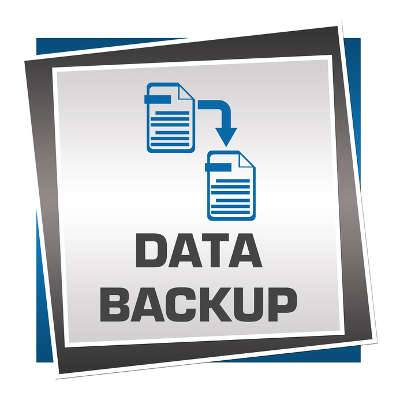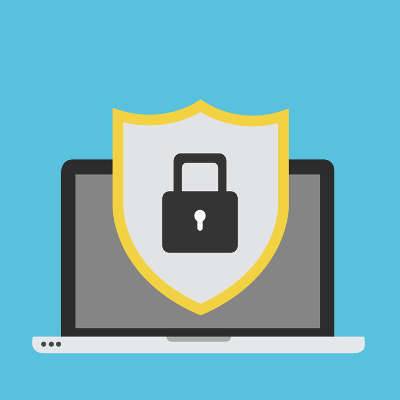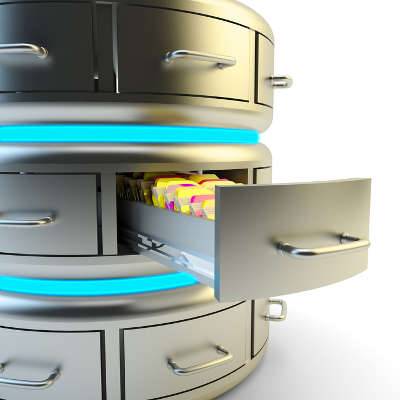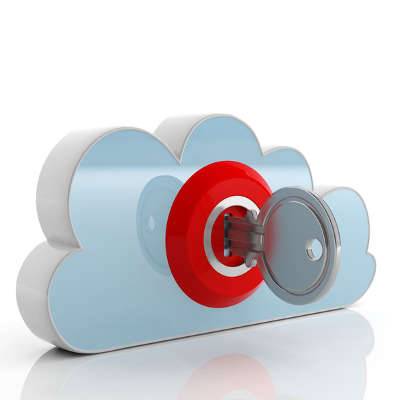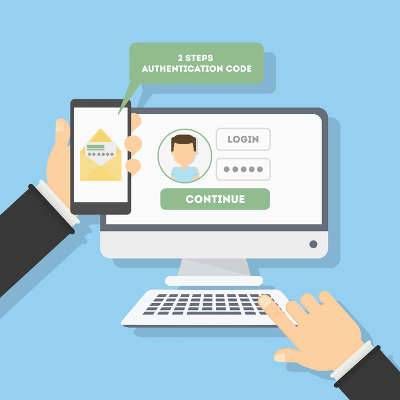Macro Systems Blog
Here’s a question: on a scale of one to ten, how confident are you that your employees are acting in the best interests of your organization’s network security? How confident are you that you’re setting a good example when it comes to handling your business’ security? Unfortunately, any confidence you have on this matter may be misplaced.
As a business owner, you’ve surely thought about what the future holds for your organization. However, one of the things that you need to think about that’s not often considered is the event of a data disaster. How can your business bounce back from such a catastrophic event? One of the first steps is understanding your data backup and disaster recovery process, as well as how you can improve your current setup.
How does your business maintain its critical technology assets? Organizations with limited budgets and workforces often resort to forsaking technology support entirely, only getting the help they need when something goes wrong. This is called break-fix IT, and it can become a major detriment to your organization in the long run if left unchecked. Thankfully, there’s a simple solution, and it doesn’t involve hiring in-house technicians or breaking your budget.
Cloud computing offers businesses an economical way to obtain the software and services they need. Yet, there comes a point when having too much of a good thing becomes wasteful, no matter how affordable the service may be. If a business owner isn’t careful about how they utilize the cloud, then they can unknowingly find themselves experiencing “cloud waste.”
Today, we want to talk about something that not a lot of businesses would want to think about. What would happen to your organization if it were to suddenly experience a hacking attack? While security solutions can go a long way toward protecting your organization, you still want to make sure that you’re not relying solely on your security tools for protection. Rather, you should always stay vigilant, even if you don’t think something could go wrong.
Has your business dealt with a phishing attack? If not, consider yourself lucky. There has been a massive spike in phishing attacks as hackers are aggressively going after organizations and the personal identifiable information they hold. These attacks are just not focused on typical businesses either, they are going after organizations that provide public goods. One place that has become a major target for hackers (and phishing attacks) are schools.
Sometimes Mother Nature simply isn’t on your side, or you’re unfortunate enough to experience a troublesome disaster that threatens to knock your business off its feet. While various parts of the world are known for experiencing deadly natural disasters, other regions might not be as prone to them, giving business owners the wrong idea. It’s not a question of whether you’ll be hit with a crippling disaster, but when.
So, you’ve just finished up a huge, potentially career-altering project. Your finger is poised over the mouse, ready to click ‘save,’ when suddenly your entire project disappears. Turns out, a critical issue just killed your network, your progress, and your mood. Wouldn’t it be nice if there was a way to keep this from happening?

